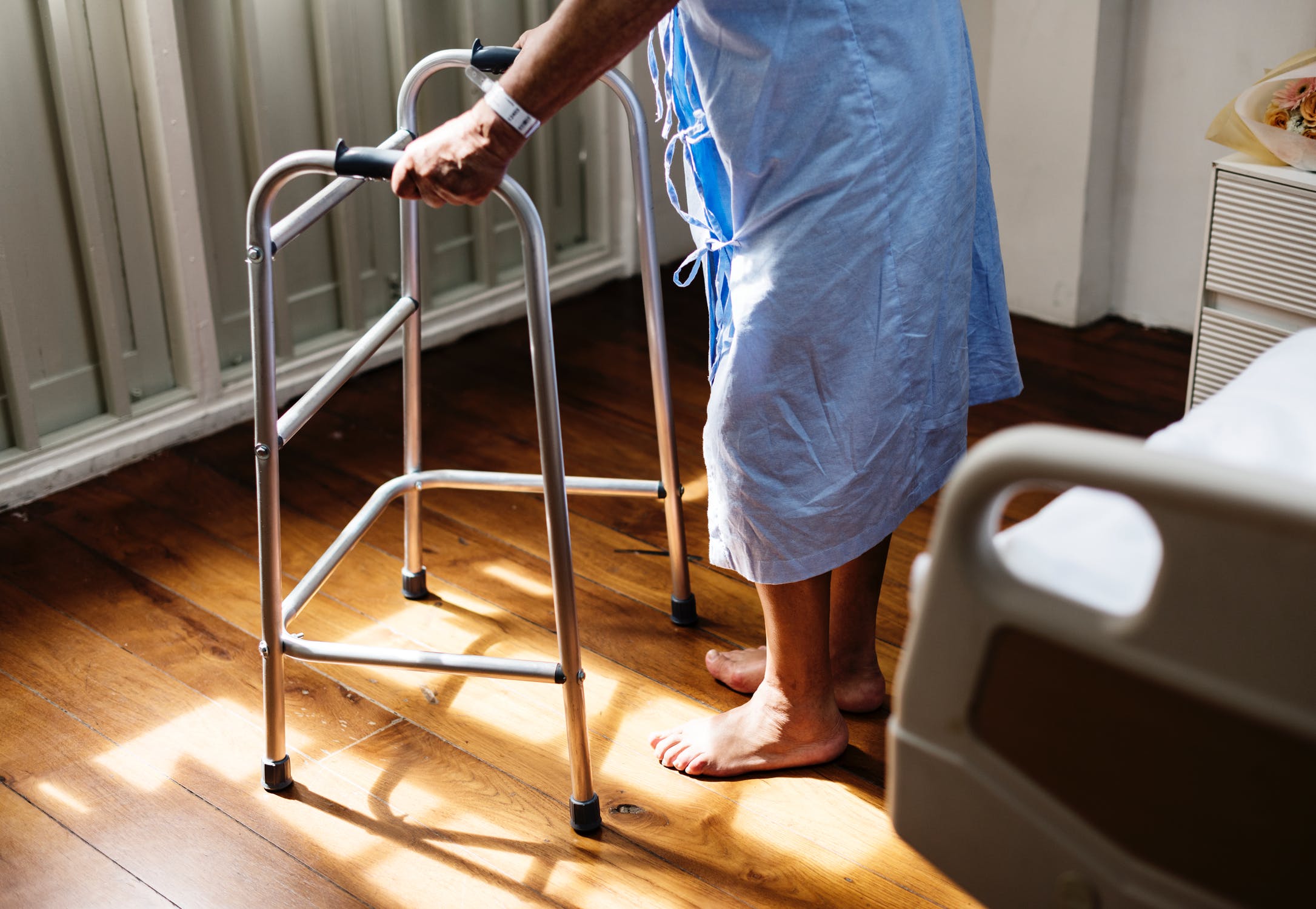Assistive devices help you get the support that your body fails to provide for some reason. It gives you back your lost independence and makes you feel free again. People who have a walking disability due to an injury or other medical reasons can have a fall. The device provides plenty of benefits to users like reducing pain and building self-esteem. Check out the different types of assistive devices to pick your choice
Best of assistive devices
To aid your mobility you can choose any of the following devices:
- Canes
Canes help people who can face risks of falling. These are similar to traditional crutches which are the most common sells among assistive devices. Canes support your body weight and transmit the load from your leg to the upper body. It takes less weight off lower body than the crutches and put pressure on the hands. The assistive device for walking helps people who cannot balance their body. 1 out of 10 elderly people in the US uses canes. Types of canes:
- White canes: these are specifically for people who cannot see properly. These are long, thin and help them detect objects on their way. It also helps other people on the road understand that the user is visually impaired or blind.
- Quad canes: these come with four feet and provide a wide base and great stability
- Forearm canes: offer more support and allows your body weight to distribute from the arm to the wrist.
The advanced canes are adjustable and foldable. People also buy these for non-medical purposes like hiking. These are one of the ideal forms of assistive device that give you optimum support.
- Crutches
Crutches help you transfer body weight from your legs to your upper body. These come in singles and pairs. It helps you stay upright and works best for short-term injuries. There are different types of crutches. If someone has to use crutches forever, they must make the best buy from the options below:
- Axillary crutches: these are underarm crutches that stay against the ribcage and under armpits. The user has to hold the hand grip. You can buy this type of a crutch if your injury is for short-term.
- Lofstrand crutches: these are forearm crutches. You need to place the arm on the metal or plastic cuff while holding the hand grip. People who have long-term or permanent disabilities need these crutches.
- Platform crutches: these help your hand hold onto a grip and make the forearm rest on the horizontal space. People don’t buy these crutches much but it does work well for patients suffering from cerebral palsy or arthritis.
- Walkers
Walkers or Zimmer frames are made of metal framework. These have four legs and provide stability and support to users. These stable aids are common to about 4.6% of the elderly in the US. The basic walkers have 3-sided frames that surround the user. The person has to lift the frame, place it in front of them, step forward to meet it and repeat the process.
There are walkers that come with glides and wheels at the base of their legs. It means the user can slide it without any lifts. It helps people who have little arm strength. Know the basic walkers below:
- Rollators: it is a common style of walking and consists of a frame with four wheels, a seat, and handlebars. These come with handbrakes to help you move safely.
- Knee walkers: these are similar to rollators and help you rest your knee on it. It comes with a padded cushion and helps you propel forward with the leg that’s alright. These are usually bought after a knee injury.
- Walker-cane: these are a hybrid between a walker and a cane. It helps you move both your legs in full frame. You can use it with one or both hands for great support.
- Wheelchairs
Wheelchairs help people who cannot put weight on the lower limbs or who cannot walk at all. These help the user travel on their own with the help of a remote or by pushing the wheels with their hands. A wheelchair propelled by neural impulses was introduced in 2016 but will take time to show its credibility. There are also standing wheelchairs that help the user stay in upright position. Some wheelchairs are designed to help the users play sports.
- Mobility scooters
These are similar to wheelchairs but have a seat on top and more than two wheels. These can have 3, 4 or 5 wheels and come with steering wheels or handlebars to control direction. Usually, these aids are battery operated. It helps users move without pressuring the upper body. People who use these must move on the sidewalks. Their accessibility to road varies according to the location.
These were the common types of assistive devices that can bring back to mobility in one’s life. Choose the ultimate pick and help someone gain back their lost freedom.







